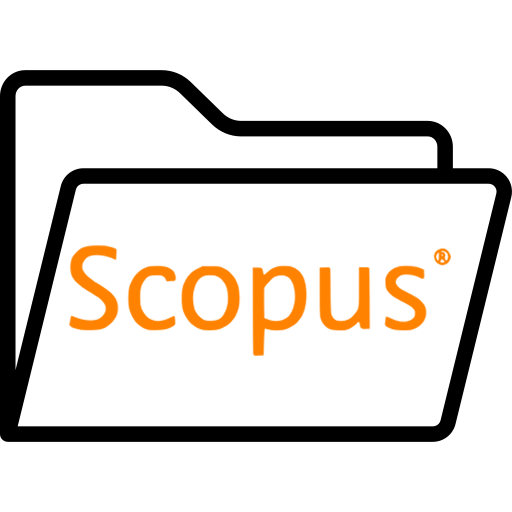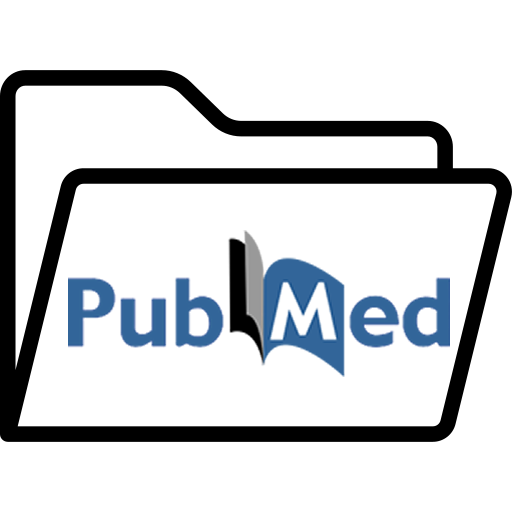İstanbul Sağlık ve Teknoloji Üniversitesi Kurumsal Akademik Arşivi
DSpace@İSTÜN, Üniversite mensupları tarafından doğrudan ve dolaylı olarak yayınlanan; kitap, makale, tez, bildiri, rapor, araştırma verisi gibi tüm akademik kaynakları uluslararası standartlarda dijital ortamda depolar, Üniversitenin akademik performansını izlemeye aracılık eder, kaynakları uzun süreli saklar ve telif haklarına uygun olarak Açık Erişime sunar.

Güncel Gönderiler
Energy, exergy and exergoeconomic analysis of a CI engine fuelled with waste frying oil biodiesel blended with waste tyre pyrolysis oil and higher alcohols (Heptanol and Octanol): A waste-to-energy approach
(Elsevier, 2025) Gülcan, Halil Erdi; Demirci, Oğuz Kürşat; Erol, Derviş; Tunçer, Erdal
This study evaluates a waste-to-energy diesel concept that co-valorises waste cooking oil and end-of-life tyres by formulating biodiesel–tyre pyrolysis oil blends with small additions of higher alcohols (1-heptanol and n-octa nol). Five fuels (B100, B90T10, B85T10H5, B85T10O5 and B80T10H5O5) were tested in a single-cylinder diesel engine. Engine performance, emissions and combined energy–exergy–exergoeconomic indicators were used to assess thermodynamic and economic viability. The quaternary blend B80T10H5O5 achieved the highest mean energy and exergy efficiencies (26.5 % and 24.6 %) and reduced brake-specific fuel consumption by about 5 % relative to neat biodiesel, owing to improved volatility and fuel oxygenation. This benefit was accompanied by higher NOx emissions and the largest specific exergy cost (≈1430 USD GJ− 1 ) at full load. By contrast, the binary blend B90T10 preserved biodiesel-like efficiency while lowering the specific exergy cost of shaft power by roughly 10 %, emerging as the most cost-effective option. Overall, modest shares of tyre pyrolysis oil (10 %) and long-chain alcohols (≤5 %) in waste-oil biodiesel can provide an attractive compromise between energy effi ciency, emissions and exergy-based cost, supporting circular-economy-oriented diesel combustion.
Arcuate foramen of the atlas vertebra and its correlation with clinical implications in the craniocervical region: A systematic review and meta-analysis
(Elsevier, 2025) Valenzuela-Fuenzalida, Juan José; Cornejo-Peña, Javiera; Martinez-Cid, Josefina; Rojas-Acuña, Cristobal; Granite, Guinevere; Sanchis-Gimeno, Juan A.; Bruna Mejias, Alejandro; Nova Baeza, Pablo; Orellana Donoso, Mathias; Oyanedel Amaro, Gustavo; Becerra- Farfan, Álvaro; Rodriguez-Luengo, Macarena; Nteli Chatzioglou, Gkionoul; Konchaske, Marko
Background context The arcuate foramen (FA) can present in various forms: it may be complete, incomplete, unilateral, or bilateral. This anatomical feature is relatively common, occurring in approximately 3-15% of the population, with a higher prevalence in females. Purpose The purpose of this study is to provide rigorous scientific evidence detailing the anatomical characteristics of the AF. Furthermore, this work aims to analyze the prevalence and explore its relevance in clinical applications and surgical procedures. Study desing Systematic review and meta-analysis Methods Data were compiled from numerous published studies accessed from the databases Medline, Scopus, Web of Science, EMBASE, Google Scholar, Cumulative Index to Nursing and Allied Health Literature (CINAHL) and of April 2025. Methodological quality was evaluated with an assurance tool for anatomical studies (AQUA). Pooled prevalence was estimated using a random effects model, and differences in FA variant rates were assessed. Results FA variants were identified, the data were categorized into three groups: the first category was the type of sample, divided into cadaver donor samples and imaging findings; the second analysis focused on the geographical region from which the sample originated; and finally, sex and laterality were also considered. Overall, the prevalence of these variations was 16% (CI: 11%–20%), and significant heterogeneity (98.8%) was observed. Significantly higher rates were observed in the following subgroups: imaging studies versus donor data (p=0.032), right side versus left side (p=0.034), and bilateral versus unilateral findings (p=0.019). Among the concerns raised were studies on the risk of iatrogenic damage during surgical procedures. Several studies also indicated a higher frequency of vertebral artery variations in patients with symptoms such as recurrent headaches, vertigo, dizziness, and/or syncope. Conclusion This review emphasized the importance of considering the vertebral artery (VA) in the preoperative assessment of surgical procedures involving the placement of screws in the cervical spine, such as treatment for atlantoaxial instability. Lack of knowledge regarding the anatomy of this region can lead to complications, such as vertebral artery injury and, consequently, impaired blood flow to the brain, cerebellum, and brainstem. Therefore, the authors recommend further research on this topic, particularly in other patient populations and in collaboration with other disciplines, to advance our understanding of the vertebral artery and to provide valuable tools for healthcare professionals and researchers, thus contributing to improved patient care.
Epigenetic mechanisms of caffeine on athletes
(Nutrigenetik Epigenetik Derneği, 2025) Divanoğlu, Ömer; Ercan Karakaya, Zeynep; Mutlu, Hayrettin
Introduction: Caffeine is one of the most widely used ergogenic aids in sports, known to enhance endurance, strength, and reaction speed. While its effects have traditionally been attributed to adenosine receptor antagonism and increased calcium release, recent studies suggest that caffeine may also influence epigenetic mechanisms that regulate gene activity without altering the genetic sequence, primarily through DNA and histone modifications. Mechanismssuch as DNA methylation (the addition of methyl groups that suppress gene transcription) and histone acetylation (relaxing chromatin structure to activate genes) play a crucial role in exercise-induced skeletal muscle adaptation.
Epigenetic effects of caffeine
(Nutrigenetik Epigenetik Derneği, 2025) Ercan Karakaya, Zeynep; Mutlu, Hayrettin
Purpose: Caffeine is one of the most widely consumed bioactive compounds worldwide, naturally found in coffee and cocoa beans, tea leaves, guarana berries, and kola nuts. In recent years, the effects of caffeine consumption on chronic diseases, neurological disorders, and pregnancy outcomes have attracted attention, particularly in relation to epigenetic mechanisms. The aim of this study is to evaluate the epigenetic effects of caffeine and their potential health implications.
Epigenetic effects of caffeine on muscle in athletes
(Nutrigenetik Epigenetik Derneği, 2025) Divanoğlu, Ömer; Ercan Karakaya, Zeynep; Mutlu, Hayrettin
Objective: Caffeine is one of the most common ergogenic aids known to increase endurance, strength, and reaction time in athletes. Although its effects are generally thought to be mediated by adenosine receptor antagonism and its stimulatory role in calcium release, recent studies have revealed that caffeine may also influence epigenetic regulatory mechanisms. Epigenetic mechanisms are biochemical processes that alter gene activity without any changes to the DNA sequence, and these processes include DNA methylation, histone acetylation, and microRNA regulation.
























